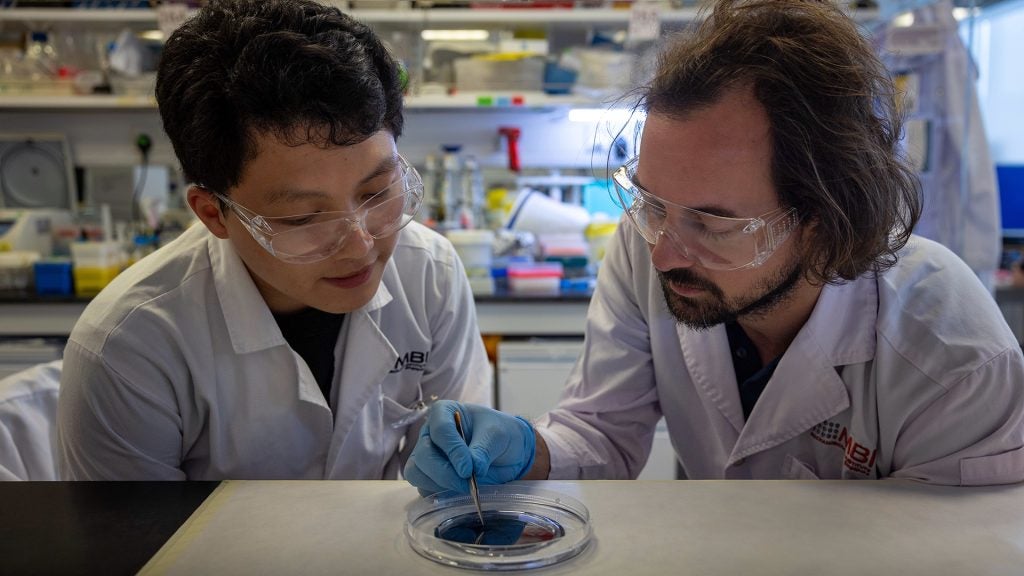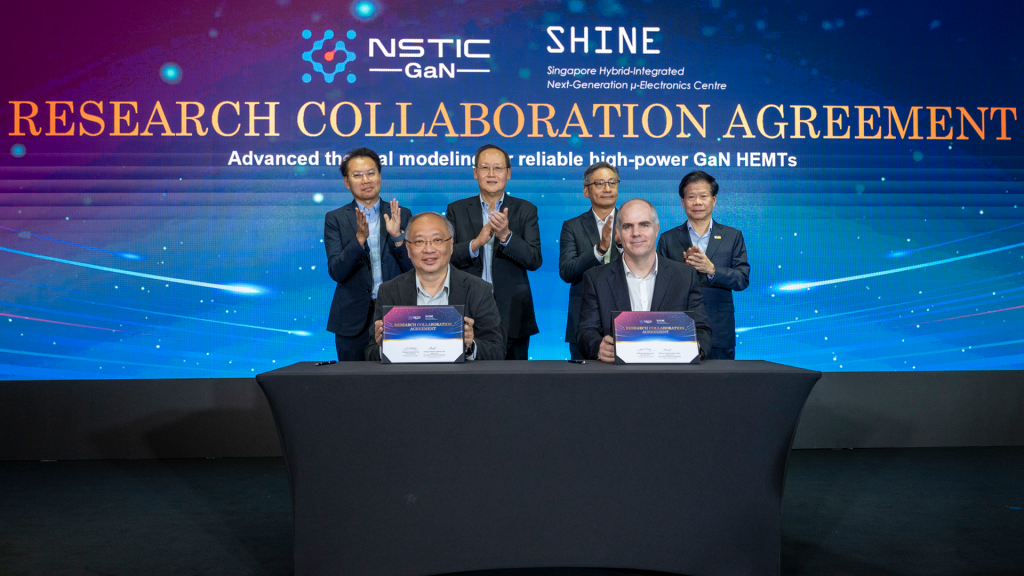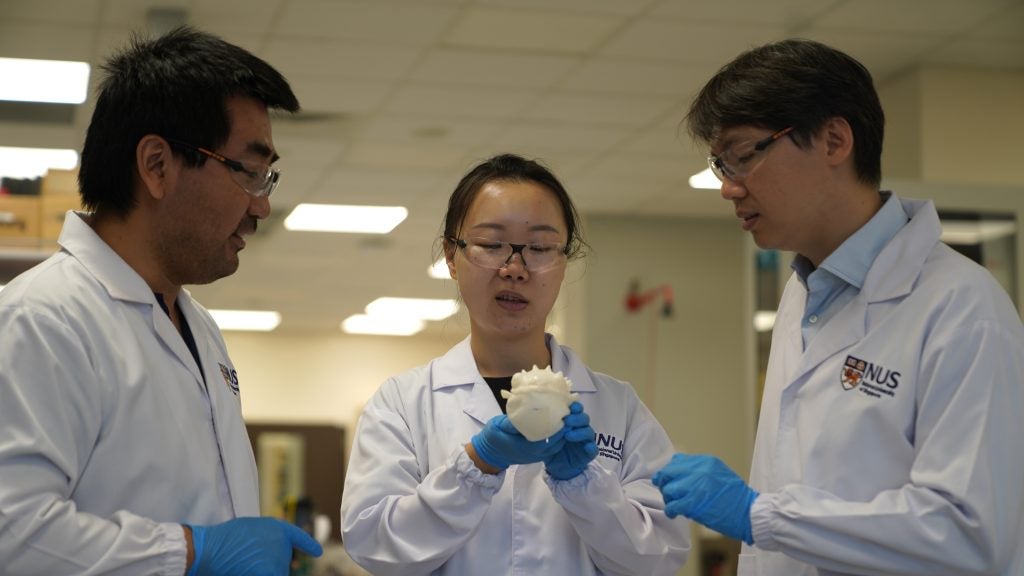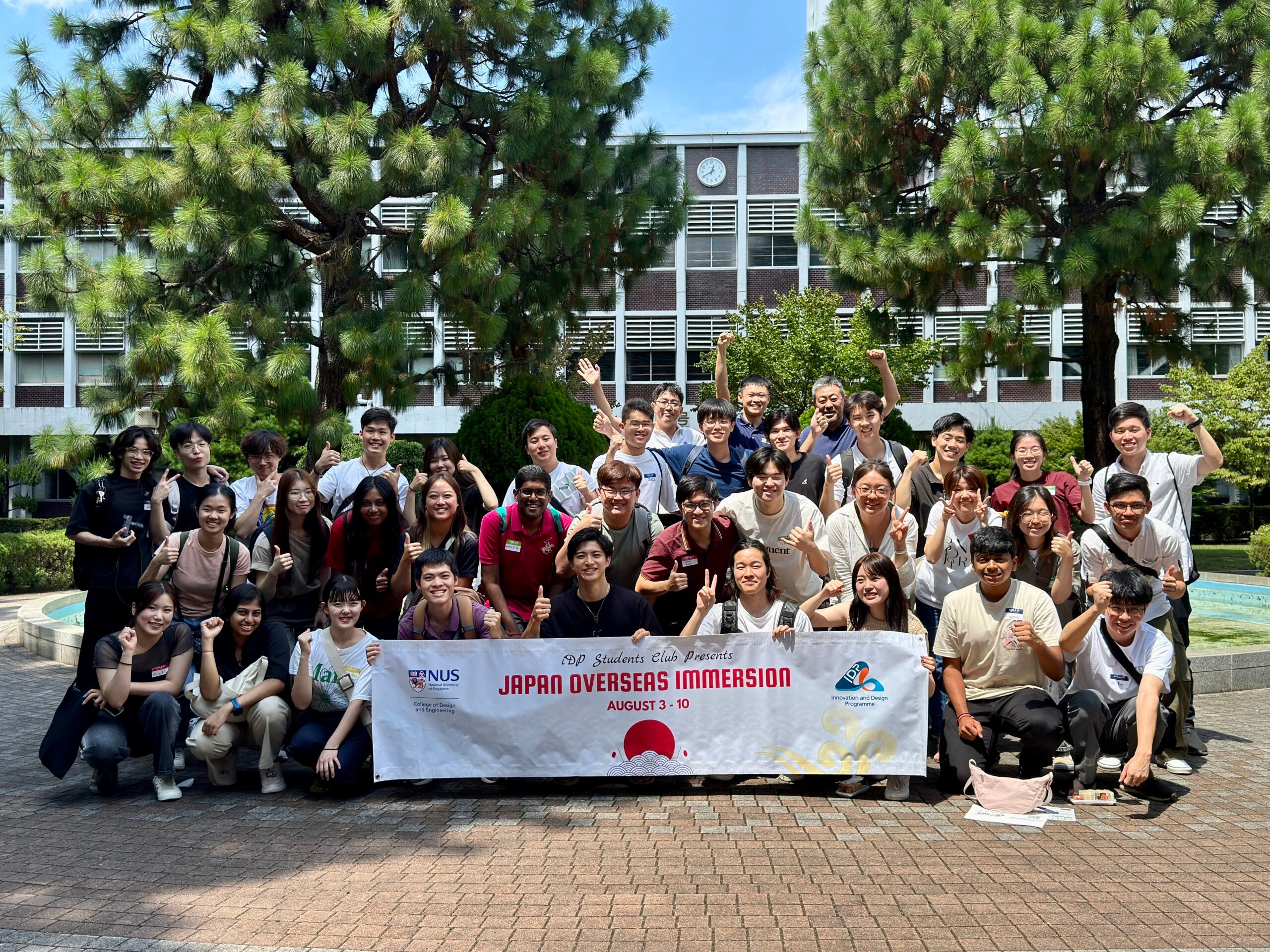
At CDE, the world is your classroom. Students from the Innovation and Design Programme (iDP) who were lucky enough to be part of a recent immersion programme to Japan took a deep dive into the country’s distinctive innovation and entrepreneurship ecosystem. In just one week, the students went on a whirlwind tour from the National Astronomical Observatory of Japan to innovation hubs focused on deep-tech start-ups, centres of learning in design and entrepreneurship, and, of course, this being Japan, a cup noodle museum!
The breadth of different experiences echoes the ethos of the iDP itself. It provides students across NUS with a unique, interdisciplinary environment that fosters a collaborative spirit and highlights the value of diverse perspectives. Students learn from one another, sharing insights on innovation and how to create real-world impact through practices relevant to their respective disciplines.
In Japan, the students were awed by what they experienced. A highlight was a Hybrid Assistive Limb (HAL) developed at the CYBERDYNE studio that detects bio-electrical signals on the skin’s surface to help patients perform desired movements with the wearer’s voluntary commands. It is the world’s first technology that enhances and regenerates the wearer’s physical functions according to the wearer’s intention. HAL was a reminder that innovation is about more than just research—it's about creating something that has a meaningful impact and solving real problems for people far beyond the pages of a textbook.
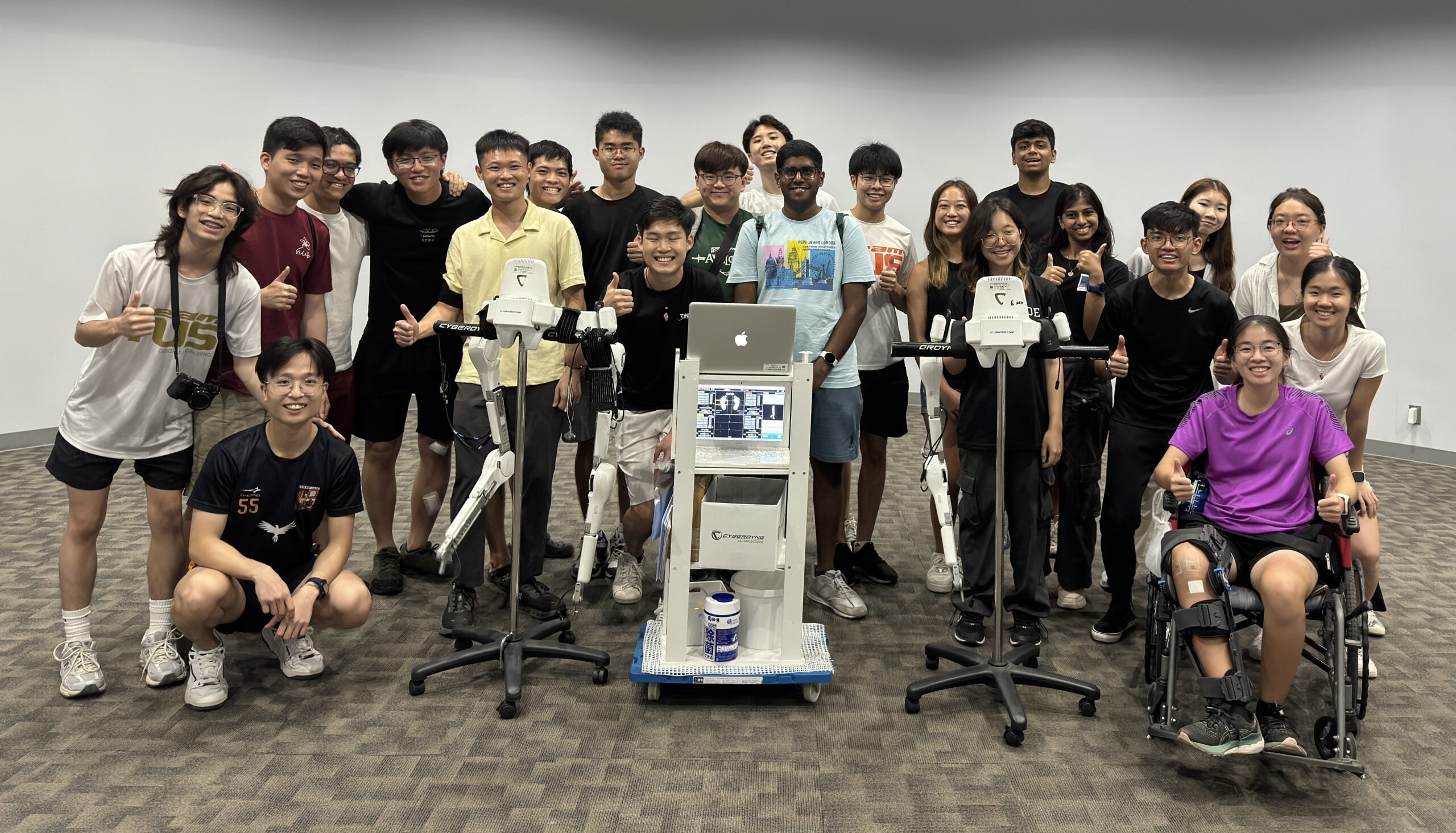
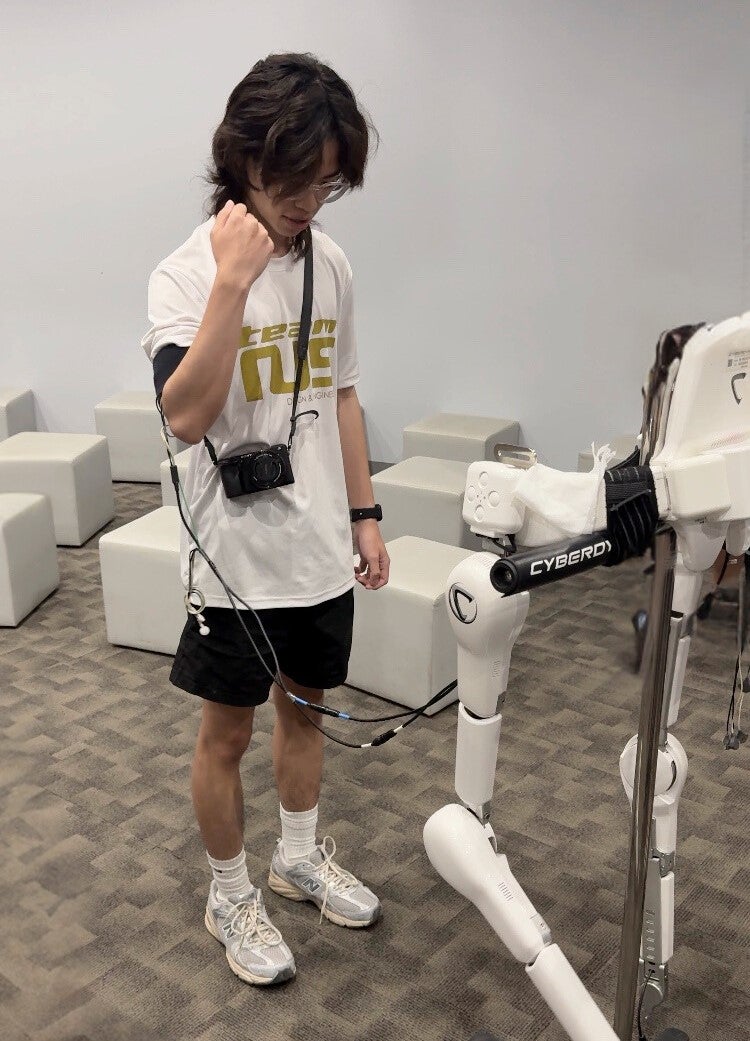
James Wang from Mechanical Engineering said after interacting with the HAL, “While I learned how exoskeletons can be used for rehabilitation, I also learned the spirit and importance of pushing research into industry. Research seems to get stuck in the lab a lot, so there is a pressing need to collaborate with business partners to bring it to the industry.”
The day after James shared his sentiments on the need for collaboration, students visited the Centre of Garage (CoG) to learn how deep tech startup incubators operate. They gained insights into the centre’s unique methods for nurturing startups, including its focus on practical support, such as positioning the centre as a hardware-focused manufacturing hub and offering support for hardware prototyping. “It is a contrast to similar programmes in Singapore. This experience highlights the global variations in incubator strategies and the impact of tailored support systems on startup success,” Evan Yan from Computer Engineering stated.
Subsequently, students enjoyed a light-hearted, hands-on experience at a cup noodle museum and chicken ramen factory. They discovered how cup noodles were invented and became a commercial success in Japan and were inspired by the story of Momofuku Ando, the inventor of instant noodles and cup noodles. Claire Lee from Computer Engineering reflected, “Momofuku never stopped inventing, even after failing at different inventions. He also decided to release his patent on instant noodles to all his competitors to raise the standard of the instant noodle industry.” She was touched by his passion for entrepreneurship and willingness to share his findings for the good of the industry.
The students’ learning journey in creating a real-world impact did not stop at the cup noodle museum. After visiting Keio University’s Graduate School of Media Design (KMD) and learning how KMD develops “media innovators” to create social value, Kashfy Ilxilim Bin Zulkarna’In, a Computer Engineering student, shared, “Innovation should have a purpose. I hope to design products with the concepts I learned at CDE to help our community's less fortunate or overlooked groups.” KMD’s focus on real-world problems and collaborative projects for social impact fueled his passion for designing solutions that benefit underprivileged communities.
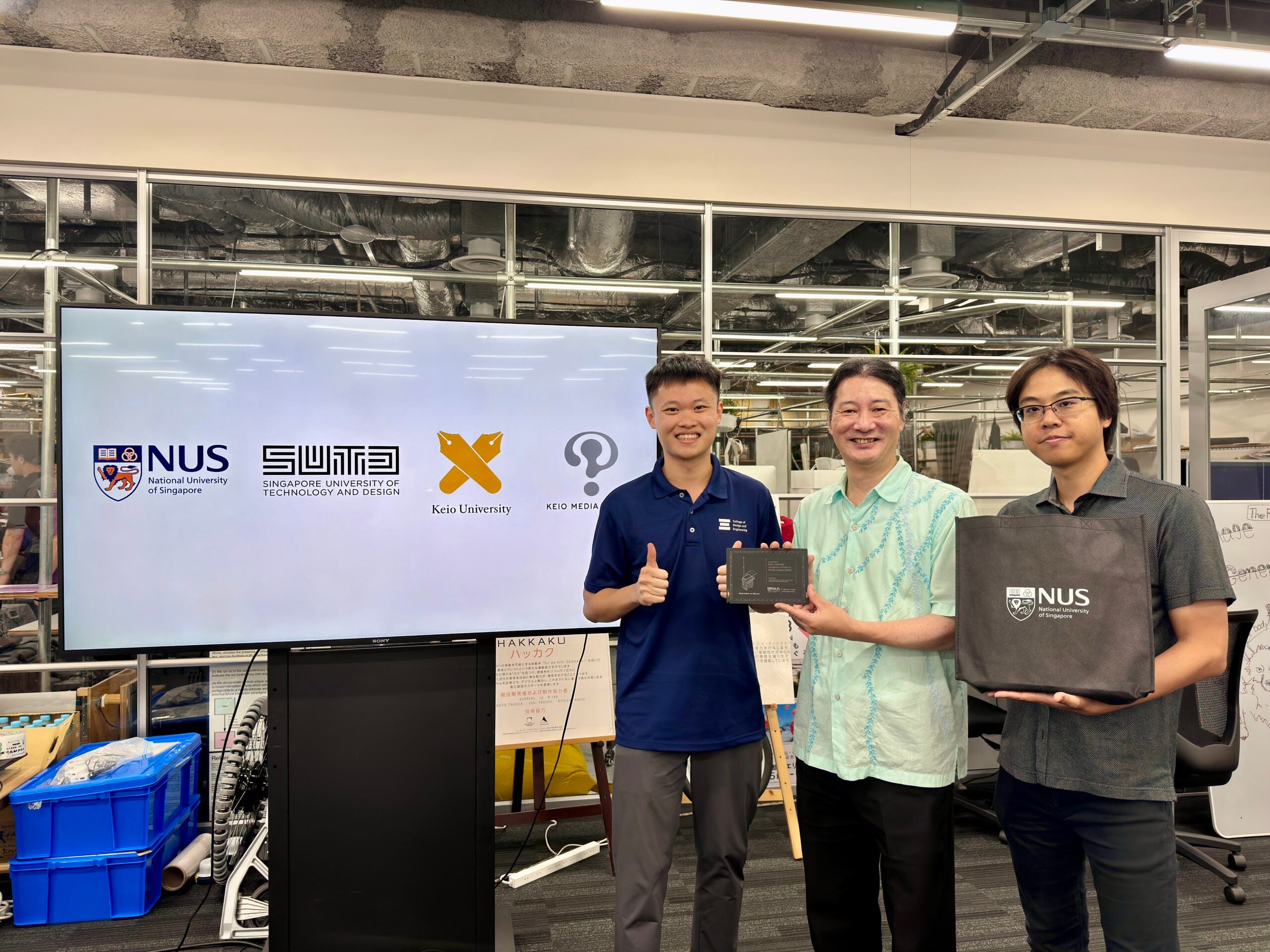
Dr Jovan Tan, Lecturer at the Engineering Design and Innovation Centre, who leads this iDP Overseas Immersion Programme (Japan 2024), hopes to lead more immersion programmes like this to connect students with industries and foster their entrepreneurial mindset. These experiences highlight the importance of applying classroom skills in practical settings, showcasing that true learning extends beyond school and into the innovative designs of everyday life.
Check out the highlights from the immersion programme:
About iDP
The Engineering Design & Innovation Centre is the home of the Innovation & Design Programme (iDP), an undergraduate programme that aims to train graduates with an entrepreneurial mindset who understand innovation and are able to apply their knowledge and skills to solve problems or design new products, services, and experiences.



